SEC | S20W2: How to cultivate a paddy
8 comments
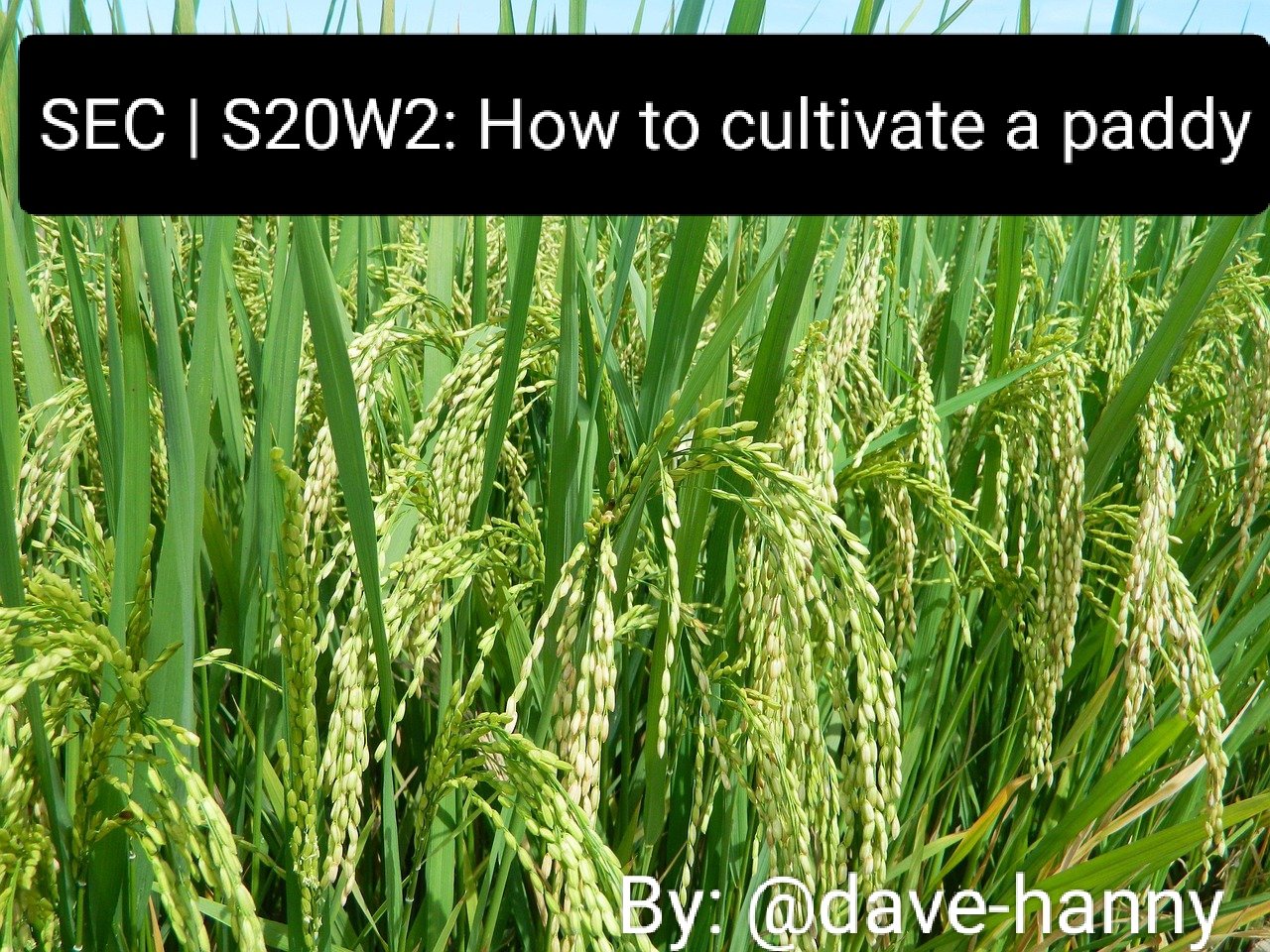
Hello friends!
I am @dave-hanny, I am believing you are all doing very fine. I am here with my participation on the above contest topic so, feel and stay relaxed as you read through to the last word on my knowledge of "how to cultivate a paddy."
How to cultivate a paddy
What is the method of rice seedbed preparation and what steps are taken in preparing the soil for rice cultivation
Tillage:
To prepare a rice seedbeds, the first thing to do is the tillage. Tillage is the breaking down of the soil through the use of farming tools or machines with the aim of getting the seedbed prepared for the next step of cultivation which is the planting. We use heavy machineries here in my part of the world for tillage reasons because my father farms a large land in which man power would not be enough.
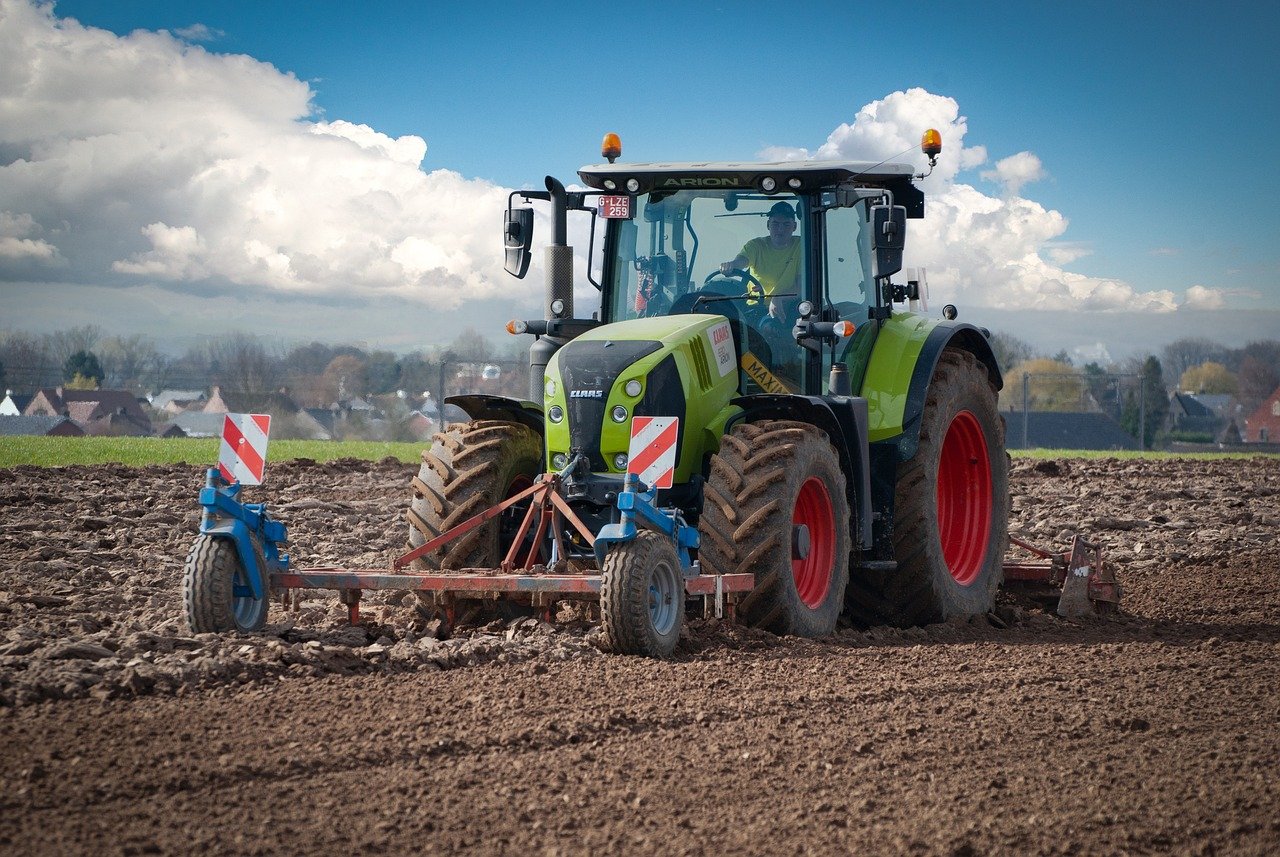
The steps taken in preparing rice seedbed is first of all the tillage as mentioned above, tilling with the use of tractors to pull out the most fertile or moist soil to the top surfact afterwhich, the planting. Planting involves spraying methods, we use our hands to fetch and spray as the tractor tills the soil.
Another step to consider in the seedbed preparation is having the knowledge that rice seedbed cultivation needs to be planted on water logged areas that is, paddy fields. A paddy field is an area that has water and it is suitable for the cultivation of semiaquatic crops, especially rice.
What is the importance of planting rice seeds at the right time?
The importance of planting rice seeds at the right time is to meet up with the preferred quantity of rainfall required for the growth of rice seeds. A farmer does not farm crops on anyhow lands, every crop has its suitable soil type for growth and depends on the type of soil.
Clay-laoms soil on paddy areas or fields is the best type of soil for rice cultivation and it is extremely very important to plant rice seeds on such type of areas at the right time. In my part of the world Nigeria, rice seeds takes 3-4months after planting with constant rainfall for its growth and next 1-2 months with little or no amount of rainfall (dew) for maturity and dryness.
How is regular irrigation and fertilizer applied after sowing rice seeds?
- Fertilizer
The application of 50-60kg dosage of Nitrogen, potassium and Phosphorus is also good but the very best fertilizer for rice cultivation is Ammonium sulphate and most farmers goes for ammonium sulphate more frequently because it is the best fertilizer that works effectively on flooded fields or soils since most nitrate fertilisers are poor on flooded areas.
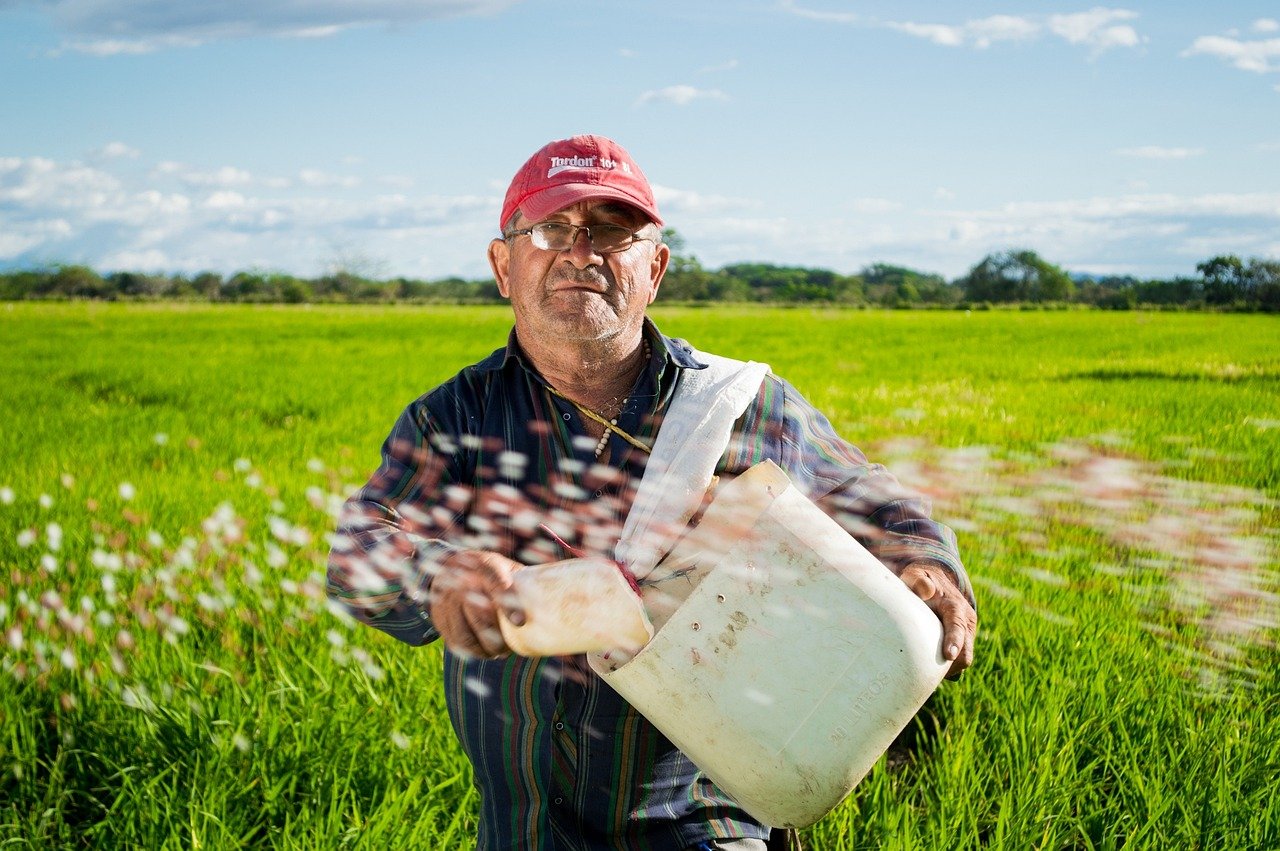
Fertilizers are very important in the cultivation of crops irrespective of the type of crop cultivation, fertiliser application is very advisable to be used at the 4-6th week after planting. There are special fertilisers here in Nigeria that helps to bring out the best production of rice. We have fertilisers like: NPK fertilisers, Urea is another good fertilizer and most farmers uses more of NPK and Urea on the rice farms because they are suitable for crops growth in paddy areas.
- Irrigation
My country Nigeria is so blessed with paddy areas whereby the farmer can only till the farm land, plant the rice and forget about it until time for fertilisers and spray of chemicals for good yields.
Irrigation is a process of cultivating a farm land and watering it properly for good yields but here in my part of the world, the need for an irrigation is not needed at all. This happens in places that experiences little rainfall.
Every paddy area here in Nigeria produces rice very well with the application of good chemicals and fertilizer and there is no need of irrigation. Infact most times, the water present in those areas becomes too much for the rice which could be a little problem to the rice yields.
What are rice crops' major pests and diseases, and how can they be controlled?
- Major Pests
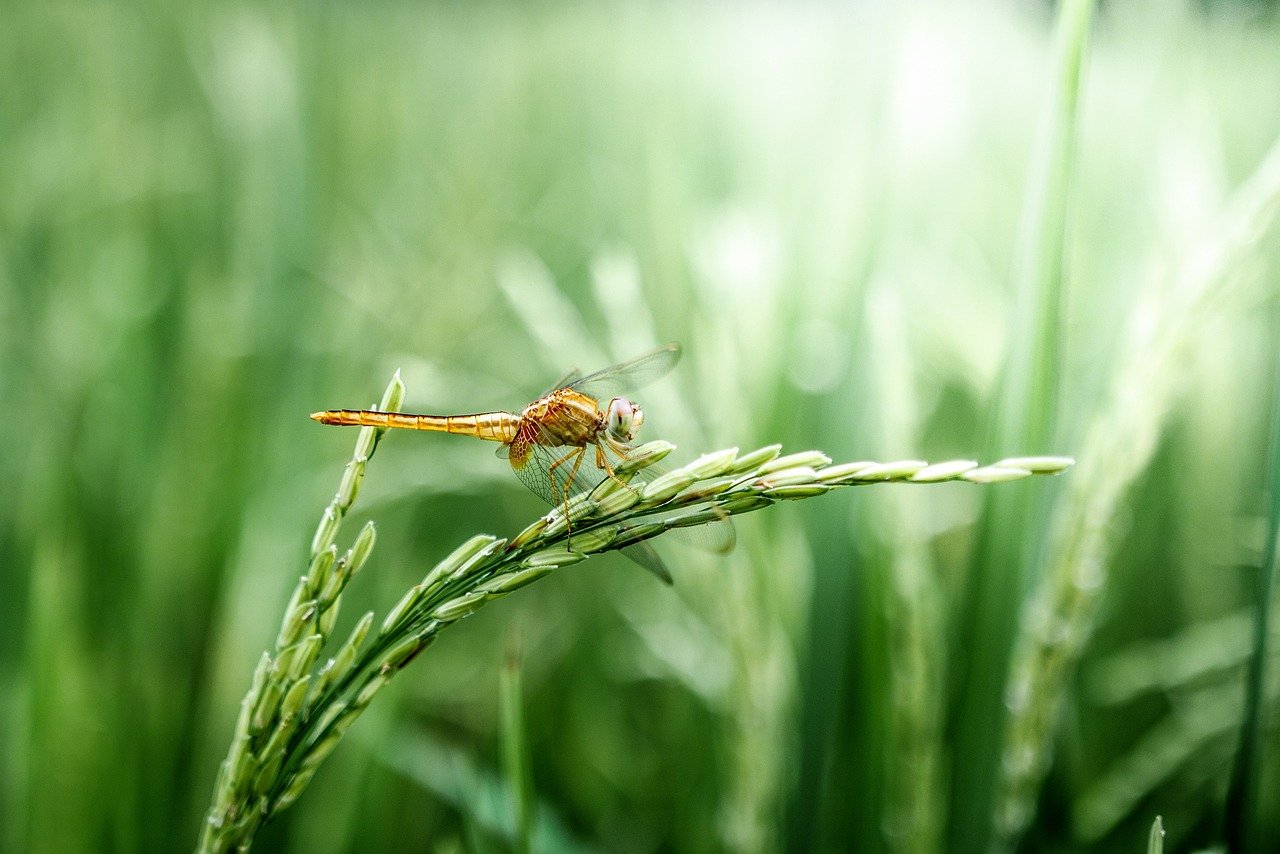
Bacillus cereus is a bacteria that is mostly found in starchy foods and these starchy foods are: potatoes, rice, and other products in powdered form.
Pest is an animal that feeds on other animals and these pests are very harmful. They also cause damages to crops by building their home, they also invade into the farm land spreading diseases. There are different pests that causes harm to crops such as birds, termites and rodents.
- Diseases
The most destroying diseases in rice farm is Blast Magnaporth Grisea which is also called Pyricularia. It is very dangerous and destructive, it's a bacteria that affects the growth of rice plants. There are other diseases such as: Brownstripe disease, brown root disease, rice blight panicle and somany other diseases that affects rice cultivation and therefore causing harm to their growth.
These pests and diseases can be controlled by the application of chemicals. My father would always focus on buying chemicals even before thinking of tilling the farm land for planting because he knows the importance of chemicals to plants. It helps to protect the plants or crops from being harmed by the pests and diseases. It also makes the farm very neat because some of those chemical works both for pests, diseases and grasses.
What are the next steps after harvesting the paddy and what are the steps to be taken to preserve the paddy?
What is to be done after harvesting is to simply pack them home with the use of vehicles available. The harvest of rice is mostly done in the farm, I.e the threshing process afterwhich the farmer convey it home.
- Rice preservation
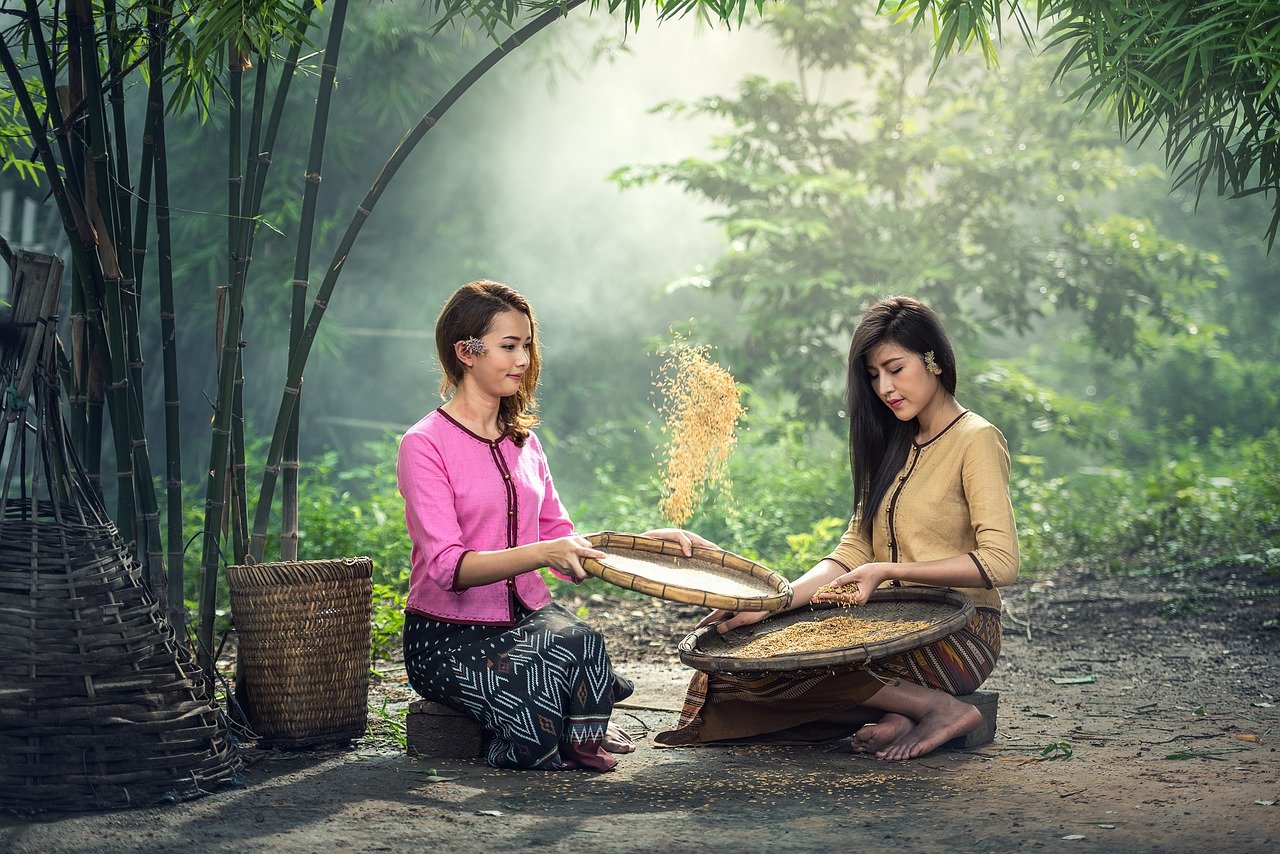
After harvesting the rice, the farmer dries the rice more to prevent it from damage of any kind when stored. Secondly, the farmer would pack the rice into a sack and seal properly. Lastly, the farmer would store in a temporature of 40-50% room temperature until when the farmer needs for consumption or sales.
Success to everyone, and at this book, I wish to invite my friends to join the contest. @josepha @simonnwigwe @vickyson and @riya01
Comments